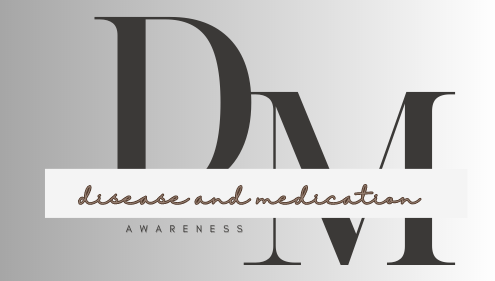What is Iatrogenic Diseases?
“Iatrogenic diseases refers to any illness or adverse condition that is inadvertently caused by medical treatment or intervention. “
This can include medication side effects, complications from surgical procedures, infections acquired in healthcare settings, or other unintended consequences of medical care.
Causes of Iatrogenic Diseases
- Medication Errors: Incorrect dosage, prescription of wrong medication, or adverse drug interactions can lead to iatrogenic conditions.
- Surgical Complications: Errors during surgery, such as organ damage or infections, can result in iatrogenic diseases.
- Diagnostic Errors: Misinterpretation of test results or incorrect diagnosis can lead to unnecessary treatments, causing iatrogenic harm.
- Hospital-Acquired Infections: Poor hygiene practices or inadequate sterilization procedures in healthcare settings can lead to infections in patients.
- Overuse of Medical Interventions: Unnecessary tests, treatments, or procedures can expose patients to risks without providing significant benefits.
Symptoms of Iatrogenic Diseases:
- Adverse Reactions: Patients may experience allergic reactions or side effects to medications or treatments.
- Surgical Complications: Symptoms can include pain, swelling, redness, or discharge at the surgical site, indicating possible infections or complications.
- Worsening of Existing Conditions: Improper medical interventions can exacerbate pre-existing health conditions or lead to new ones.
- Psychological Effects: Patients may experience anxiety, depression, or trauma as a result of iatrogenic harm.
HOW CAN WE PREVENT FROM IATROGENIC ILLNESS?
1. Clear and open communication between healthcare providers and patients can help prevent misunderstandings and errors.
2. Healthcare professionals should receive thorough training on medication administration, surgical procedures, and diagnostic techniques to minimize errors.
3. Following evidence-based guidelines and protocols can reduce the risk of unnecessary interventions.
4. Strict adherence to infection control measures, such as hand hygiene and proper sterilization techniques, can prevent hospital-acquired infections.
5. Empowering patients with information about their treatments, medications, and potential risks can help them make informed decisions and identify signs of iatrogenic harm early.
Conclusion:
Iatrogenic diseases are a significant concern in healthcare, but with awareness, vigilance, and preventive measures, their occurrence can be minimized. By understanding the causes, recognizing the symptoms, and implementing preventive strategies, healthcare providers and patients can work together to ensure safer and more effective care.
